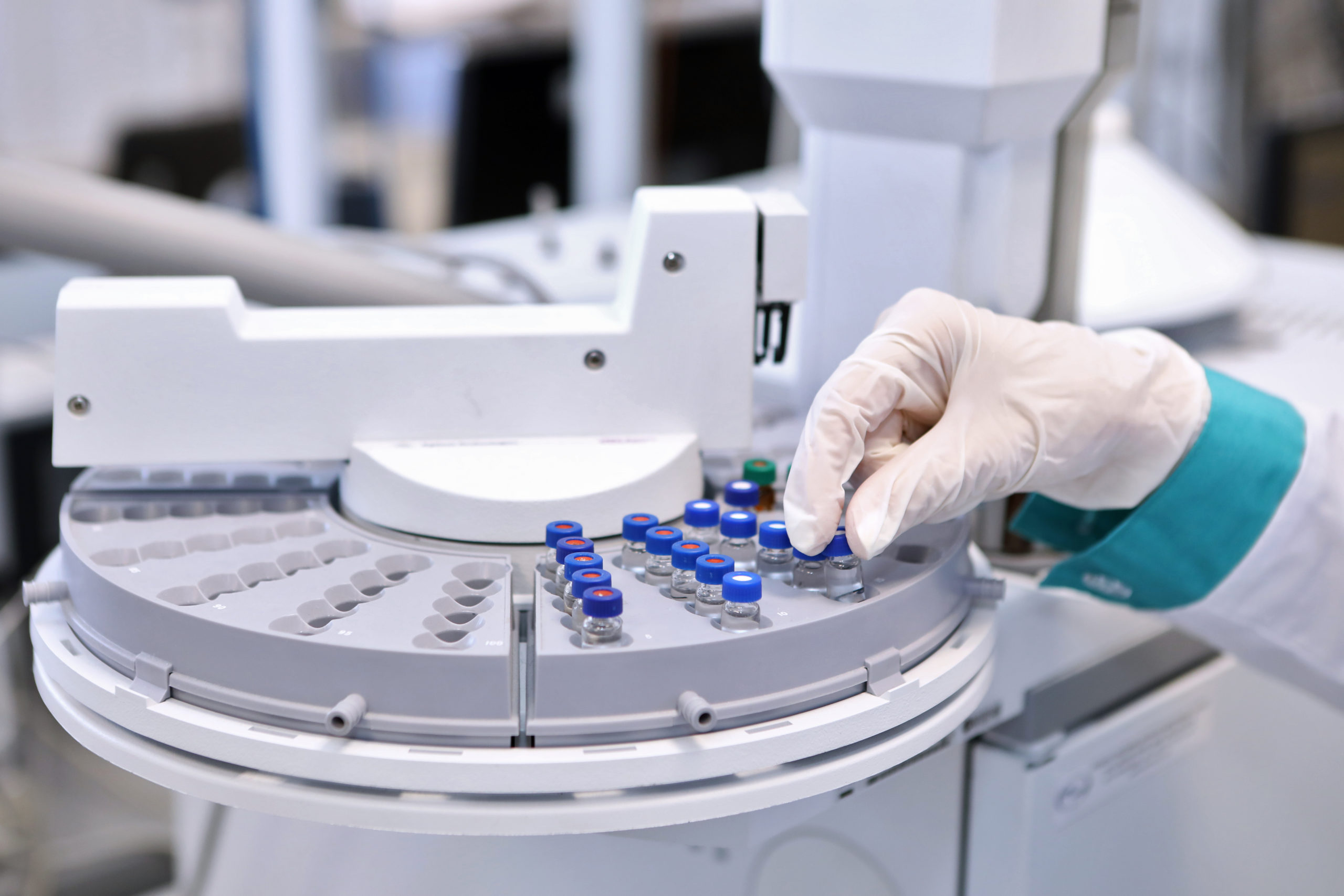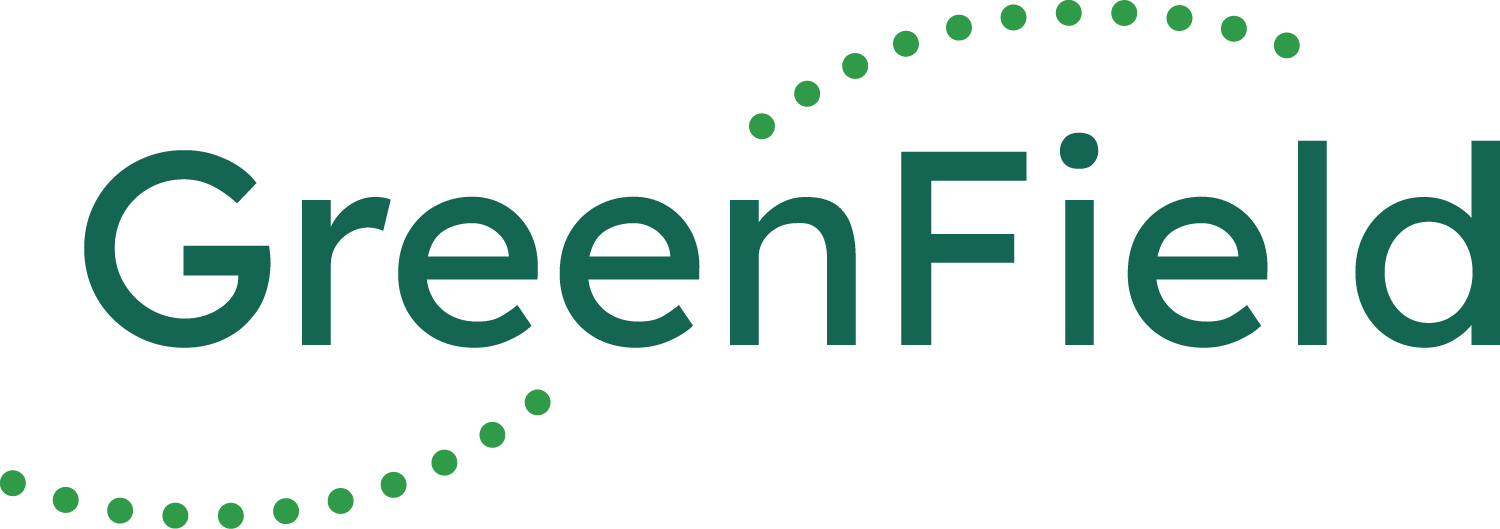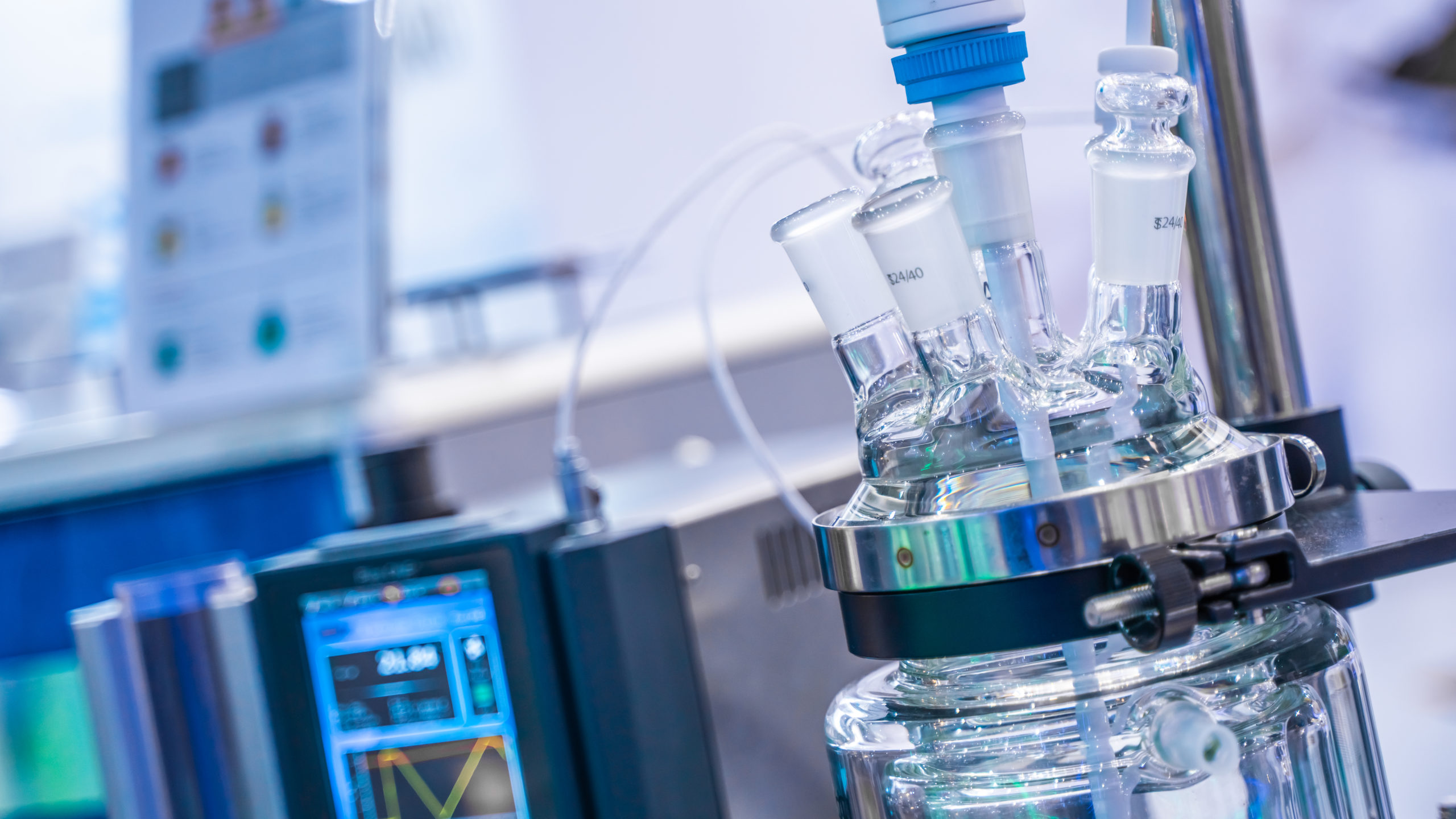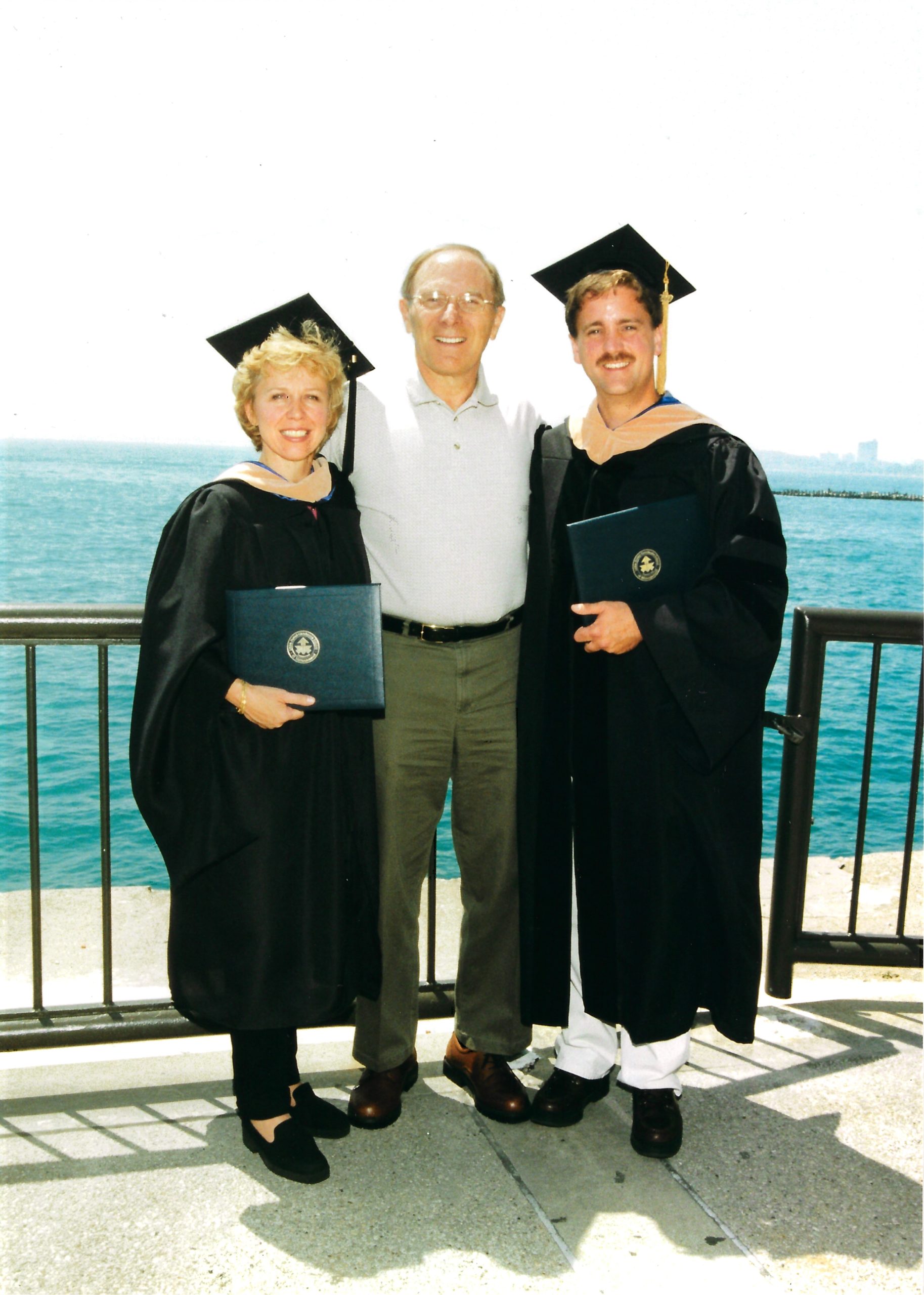This month, Science published an article on the open science discovery of noncovalent SARS-C0V-2 main protease inhibitors (https://www.science.org/doi/10.1126/science.abo7201). It’s a fascinating article, and I urge you to read it. Aside from the science, I found it fascinating to read about the genesis of the COVID-19 Moonshot project.
The article shines a light on the COVID-19 vaccine, but there are many other examples of the use of AI and crowdsourcing in pharmaceutical development. Following the theme of COVID-19, there are two examples of marketed products that utilized AI in their development.
BenevolentAI (founded in 2013) played a crucial role in repurposing the Lilly rheumatoid arthritis drug barcitinib for use in helping hospitalized COVID-19 patients improve and speed recovery. The FDA approved the drug in May 2022 to treat COVID-19 in hospitalized adults requiring supplemental oxygen, non-invasive or invasive mechanical ventilation, or extracorporeal membrane oxygenation (ECMO). Over 1 million patients were treated with OLUMIANT® (barcitinib) worldwide under the original emergency use authorization (https://www.insideprecisionmedicine.com/news-and-features/these-six-biotechs-are-winning-the-race-to-get-ai-designed-drugs-to-the-clinic/).
Pfizer utilized IBM’s supercomputing and AI capabilities as far back as 2020. This led to the development of PAXLOVID®. AI technology reduced computational time by 70 – 80%, allowing them to design the drug in four months. (https://www.pharmaceuticalprocessingworld.com/ai-pharma-drug-development-billion-opportunity/)
The use of crowdsourcing in drug discovery is expanding. Multinational pharmaceutical companies are taking advantage of this in developing new drugs and to discover uses for old compounds:
Eli Lilly’s Open Innovation Drug Discovery Program connects research institutions, academics, and Lilly scientists on a collaborative platform designed to speed up progress in biomedical fields by leveraging distributed innovation. Lilly provides access to its databases, tools, and expertise, including private libraries of chemically diverse compounds and new molecule design tools. Since starting in 2011, the program has tested nearly 50,000 crowdsourced compounds, generating over 1.8 million data points, with a success rate comparable to traditional early drug discovery programs. (https://d3.harvard.edu/platform-rctom/submission/crowdsourcing-a-pharma-breakthrough-lillys-open-innovation-drug-discovery-program/)
Bayer Healthcare’s Crowdsourcing Platforms: Bayer Healthcare has initiated several crowdsourcing platforms like Grants4Targets (G4T), Grants4Leads, and Grants4Apps (https://www.grants4apps.com/). G4T, for instance, invites external scientists to propose ideas for targets and animal models. Proposals accepted and finding their way into Bayer’s drug pipeline can lead to collaborative agreements. G4T has been notably successful, with more than 1100 applications and contributions to 10 drug discovery projects. (https://translational-medicine.biomedcentral.com/articles/10.1186/s12967-018-1499-2)
BioMedX’s Collaboration Model represents a new approach at the interface of crowdsourcing and innovation centers. It includes pharmaceutical companies like AbbVie, Boehringer Ingelheim, Johnson & Johnson, and Merck. Based at Heidelberg University, this model supports interdisciplinary projects by young scientists in fields like oncology, neuroscience, and respiratory diseases. The aim is to translate these research activities into drug development projects. (https://bio.mx/)
The use of AI is also taking off in the field of drug discovery. Companies like Atomwise (https://www.atomwise.com/) and Schrödinger (https://www.schrodinger.com/) have created AI-based platforms for various aspects of drug discovery, such as target discovery using knowledge graphs and small-molecule design using generative neural networks. These platforms have enabled large pharma companies to enhance their pipelines through partnerships or software licensing deals. For instance, Roivant Sciences acquired Silicon Therapeutics to integrate distinct platform technologies, and Atomwise formed a joint venture with Schrödinger. As of 2022, AI-first approach companies have as many as 150 small-molecule targets in discovery and more than 15 in clinical trials. The annual expansion rate for this area of research is ~40%. Investment has more than doubled in AI-directed drug discovery programs ($2.4 billion in 2020 up to $5.2 billion in 2021). Combining this approach with CRO-based custom synthesis groups has cut the time to identify pre-clinical candidates from an average of 3 – 5 years, down to 12 – 18 months. (https://www.bcg.com/publications/2022/adopting-ai-in-pharmaceutical-discovery)
This mode of drug discovery is in its infancy. It represents an opportunity to make drug discovery, design, and development more efficient from a time and cost perspective. To pursue this, companies must strategically plan to incorporate this new approach. Management needs to define a specific vision and goals for this technology within their corporate environment and with their collaborative partners. Companies wishing to participate in crowdsourcing ventures must ensure they mesh well with those goals and visions. And, of course, being flexible will be critical to mutual success.
These examples illustrate how AI and crowdsourcing are revolutionizing pharmaceutical development, from drug discovery and design to clinical trials, enabling faster, more efficient, cost-effective, and potentially more successful drug development processes.










